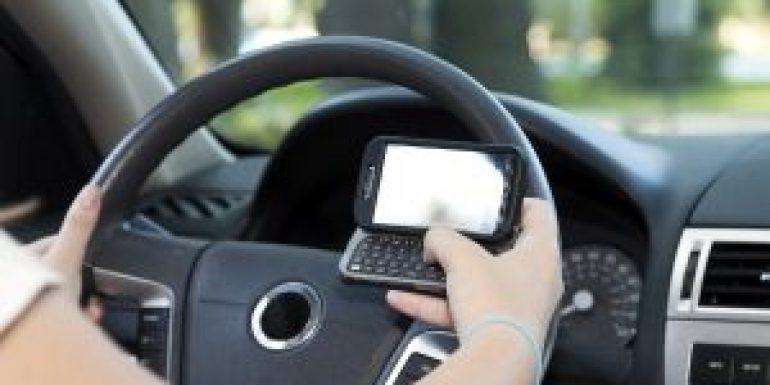
- July 29, 2015 /
- Driving Staying Safe /
- By sprint /
- 0 Comments
What is distracted driving and what you need to know about it?
Lets’ see what is considered distracted driving? Distracted driving is driving while performing any activity which could potentially distract a driver from the primary task of operating a vehicle. In theory, it can be anything that could take a driver’s eyes off the road, or mental concentration away from driving.
The definition of the distracted driving according to the Royal Canadian Mounted Police
Distracted driving is a form of impaired driving as a driver’s judgment is compromised when they are not fully focused on the road. Distracted driving qualifies as talking on a cell phone, texting, reading (e.g. books, maps, and newspapers), using a GPS, watching videos or movies, eating/drinking, smoking, personal grooming, adjusting the radio/CD and playing extremely loud music. Even talking to passengers and driving while fatigued (mentally and/or physically) can be forms of distracted driving.
DID YOU KNOW?
- A study has found that taking your eyes off the road for two or more seconds increases your risk of being in a car collision by about double.
- Over 90% of Canada’s licensed drivers are subject to distracted driving legislation in their home province or territory. It is illegal to use a hand-held phone to call or text.
- Drivers who use hand-held devices are four times more likely to get into crashes serious enough to cause injury.
- Even when drivers use a hands-free phone, they are less aware of the traffic around them. They tend to react more slowly to a critical event or worse — they may not detect the danger at all.
- A study found that in 80% of collisions, the driver had looked away from the road 3 seconds prior to the crash.
- Fatigue-related crashes are twice as likely to be fatal – drivers who are asleep can’t break
- Being awake for about 17 hours has a similar effect on performance as blood alcohol content (BAC) of 0.05.
Distracted driving can lead to:
- Reduced reaction time
- Impaired judgment
- Possibly falling asleep behind the wheel
- Injuring or killing yourself, your passengers and/or other people
- Distracted driving can lead to:
You know now what is distracted driving, what can you do to reduce it?
Adopt safe driving habits, it saves lives
Plan Your Route – Planning your route should occur before getting in the car so you have a good handle on where you’re going and how you’re going to get there. Plan how much time you’ll need to reach your destination, road closures to avoid and best time to leave. If you will be using a GPS system, program your route prior to starting the car.
Put your Cell Phone Away – Cell phones should be out of your reach. Reduce the temptation by keeping it out of sight, like in the trunk or in a bag, and turn the ringer off. Most smartphones can now be setup to send an auto reply when you receive a text or phone call.
Passengers – Passengers in your vehicle is a common distraction. Advise your passengers to be quiet if a risky situation arises on the road; your attention will be less on the road if you’re talking/listening to them. Silence will also help when deciding what the safest actions
Eating and Drinking – It’s best to avoid eating and drinking while driving. If you need to take a drink, wait until you are stopped at a red light.
Music – Music should never be so loud that you would not be able to hear a siren, or the screech of brakes from another vehicle.
Personal Grooming – Do your personal grooming at home, not while driving a vehicle.
Secure Objects in the car
The Main Message:
Concentrate on the road while driving, don’t allow yourself to be distracted and reduce fatigued driving!
Source: rcmp-grc.gc.ca
-
-
sprint
Leave a Reply to Anonymous Cancel reply